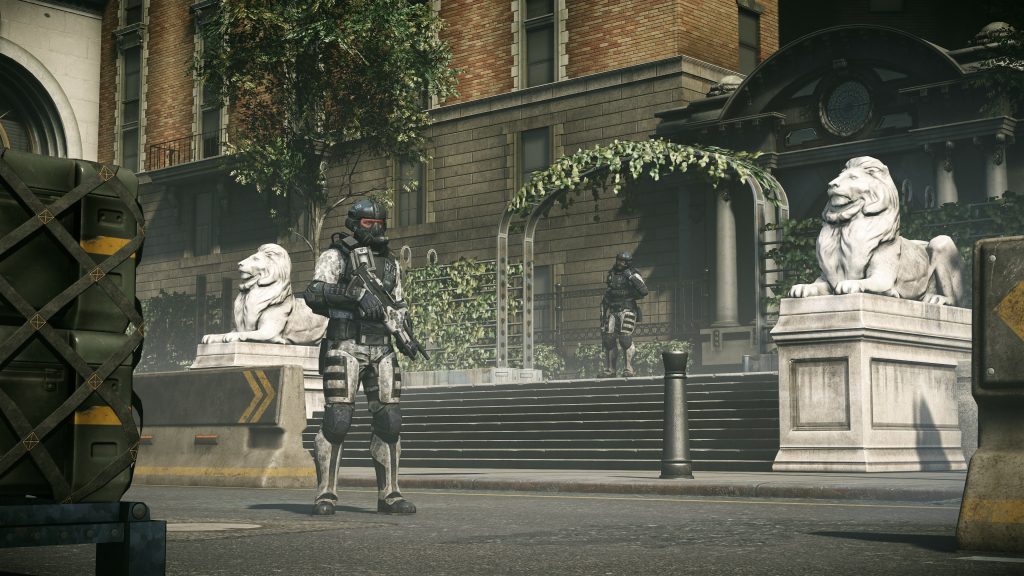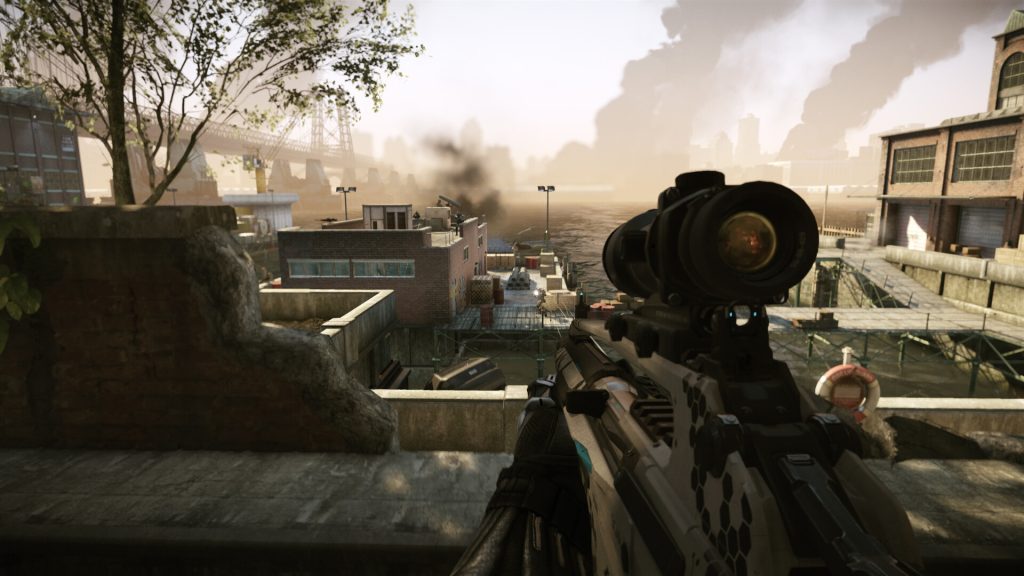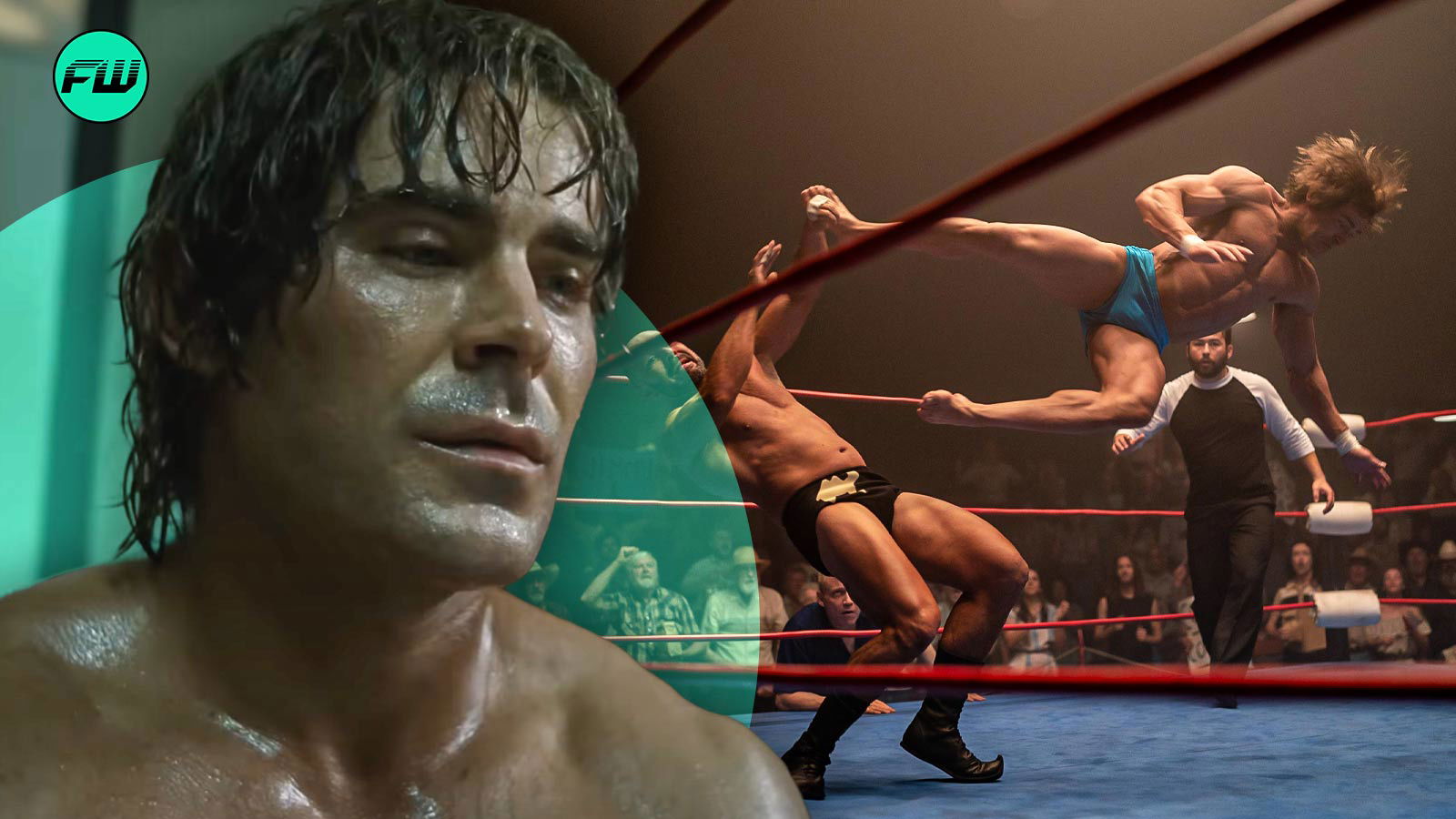The Crysis franchise once stood as a benchmark in gaming. The first game of the series set new standards for immersive sandbox gameplay and graphical quality. Its 2007 debut was a marvel of technical achievement, especially with the level design and the now iconic nanosuit.
 It remains one of the most innovative games of all time. | Image Credit: Crytek
It remains one of the most innovative games of all time. | Image Credit: CrytekBut by the time the third game rolled out in 2013, the series had lost its identity and was barely a fraction of the marvel that it was. So how did a series with such potential end up failing? A combination of design missteps, corporate priorities, and the influence of mainstream trends kept Crysis from becoming more than just a meme.
Crysis really should’ve stuck to what made it good
 The decision to go to console and challenge CoD was not a wise one in hindsight. | Image Credit: Treyarch
The decision to go to console and challenge CoD was not a wise one in hindsight. | Image Credit: TreyarchThe first game earned its legendary status by offering gameplay as ambitious as its groundbreaking visuals. Built on Crytek’s CryEngine, the game offered players a lush, semi-open world where players had full tactical freedom. The nanosuit allowed players to approach combat creatively, switching between stealth, power, and armor modes, and has now become legendary.
THE NANOSUIT IS A WORK OF ART, I WILL NOT STAND FOR CRYSIS SLANDER 😤 https://t.co/2FPqyCkJS8
— Marcus – Mutasim shill (@Marcus_Sk_Cz) January 9, 2025Complementing this was a simple yet effective story: a military mission on a remote island spirals into an alien invasion. The game’s balance of realistic combat and sci-fi elements made it a hit with PC gamers, even if its high system requirements birthed the meme, “Can it run Crysis?“
When Crysis 2 arrived in 2011, everything changed. Crytek shifted the franchise from PC exclusivity to include consoles, marking a turning point that left longtime fans bewildered. The expansive, open levels of the first game were replaced with linear, corridor-style missions designed to accommodate console hardware limitations.
Commentbyu/pun_shall_pass from discussion
inGames
The nanosuit’s functionality was simplified and became a shadow of its former self. The story was also changed. Gone was the continuity from the first game. The sequel introduced new characters, altered the aliens’ designs, and pivoted the story to a plague-ridden New York City.
The downfall of the series had many different reasons
 It tried too hard to become more accessible. | Image Credit: Crytek
It tried too hard to become more accessible. | Image Credit: CrytekMany critics and players accused Crysis 2 of mimicking the gameplay of Call of Duty, the dominant FPS franchise at the time. The decision to prioritize cinematic set pieces over sandbox freedom made it feel lesser than the first game. As this fan said on Reddit, “The gameplay was nerfed and made to feel too much like CoD.”
Commentbyu/kiskoller from discussion
intruegaming
This shift wasn’t entirely surprising. By then, the developers had partnered with EA, a publisher known for pushing games toward crowd appeal instead of originality. With the third game, the developers tried to find a middle ground between the linear design of the second and the open-world freedom of the first game. The result was a visually stunning yet thematically incoherent experience.
The downfall was in part because of the changes in the industry during the late 2000s and early 2010s. As AAA games leaned heavily into cinematic storytelling and streamlined gameplay to cater to console audiences, franchises like Crysis, which thrived on complexity and experimentation struggled to find their footing.
Ultimately, Crysis failed to strike the delicate balance between innovation and accessibility. Its legacy endures not only in the infamous “Can it run Crysis?” meme, but also in the continued admiration for its technical achievements and ambitious design.
Fortunately for fans, the fourth game is currently in development. So let’s hope that ends well. What do you think? Let us know in the comments!
.png)
 2 hours ago
11
2 hours ago
11


































 Bengali (BD) ·
Bengali (BD) ·  English (US) ·
English (US) ·